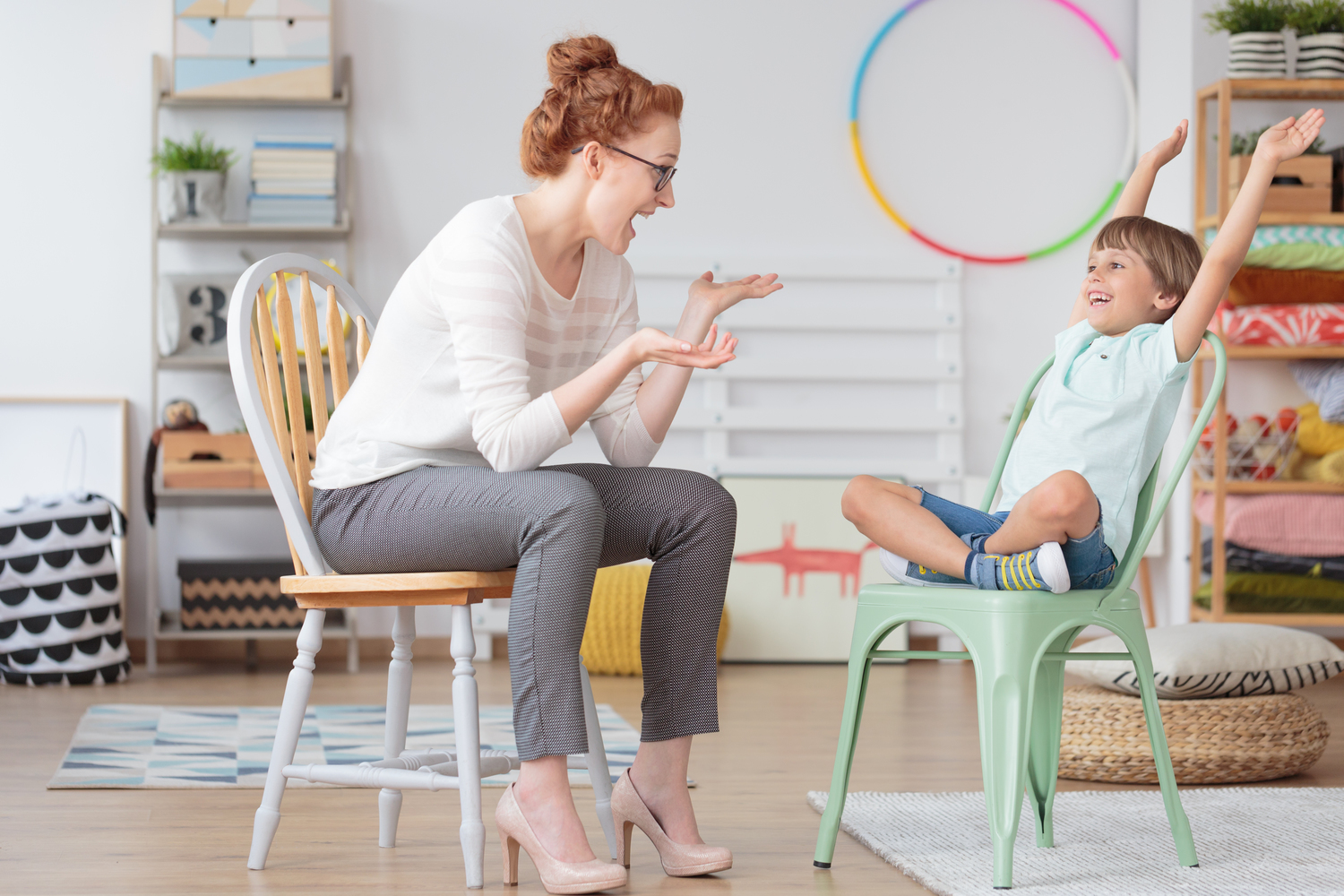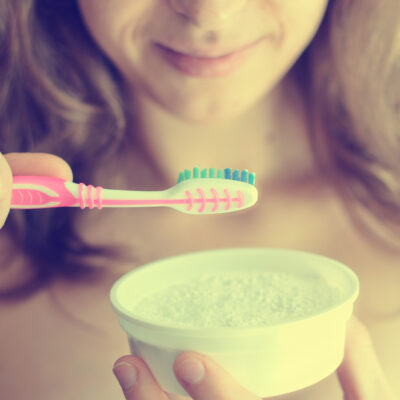
10 Lifestyle Changes to Manage ADHD in Children
Attention Deficit Hyperactivity Disorder or ADHD is a chronic medical condition that affects brain development and brain activity. However, having a family member, especially a child with ADHD, need not be stressful anymore as lifestyle changes can help manage ADHD better. The mentioned lifestyle changes to manage ADHD can help both the patient, especially kids, and their family:
- Acceptance is key, so parents should acknowledge the fact that the child has a different level of brain development. It is not necessarily better or worse; it is just different. Children with ADHD can be taught the dos and don’ts and how to behave in various situations. With acceptance comes a change in perception and behavior toward the child, which is very important.
- Behavior management involves two aspects: approving and welcoming acceptable behavior by appreciating it verbally or with rewards, and reprimanding unacceptable behavior with constant reminders or by enforcing consequences and removing rewards.
Consistently following the same rules, at home and school, will help a child with ADHD understand what is expected of them and either reduce or stop impulsive behavior and encourage them to follow set rules. - This implies that parents must first be clear about what is acceptable and unacceptable behavior. Being constant is the key here, and it requires self-discipline, patience, empathy, and affection from the parent.
- Parents should develop a simple structure for both themselves and the child with ADHD to follow. One of the most helpful lifestyle changes to manage ADHD in kids is to make simple routines for waking up, brushing teeth, taking a bath/shower, getting ready for school, playtime, mealtime, and going to bed at night.
- Parents should follow routines without making too many alterations to them. Breaking down tasks can clearly let a child with ADHD understand what is expected of them. Also, simplifying and organizing all the areas in the house is necessary, along with making visibility an important criterion. When children can see where things go, picking, arranging, or placing them back is an easy task they might also enjoy doing.
- Minimize distractions, both electronic and otherwise. Alternatively, provide opportunities for them to remain in the open and participate in physical sporting or creative activities where they can expend their energy in a regulated and structured manner.
- Communicate the rules you expect children with ADHD to follow in simple clear terms. Either immediately reprimand them or reward them. Use charts and visible signs for easily identifying both punishment and positive reinforcement, and place them in plain view at all times for the children to see.
- Being consistent and following rules is important, but flexibility is also essential. The ability to identify and distinguish harmful behavior from eccentric ones is the parent’s responsibility, keeping every independent child’s personality in mind. Giving leeway for the child’s character to come through is necessary.
- Children with ADHD are prone to impulsive behavior, so any kind of aggression or abuse from the child must be controlled. However, it must be dealt with calmly and firmly. Imposing a short break or a suspension of the on-going activity might be the proper thing for a parent to do to communicate their displeasure with the negative behavior.
- It is important to provide a calm, tranquil atmosphere at home where the child can unwind and take a quiet break when necessary.


